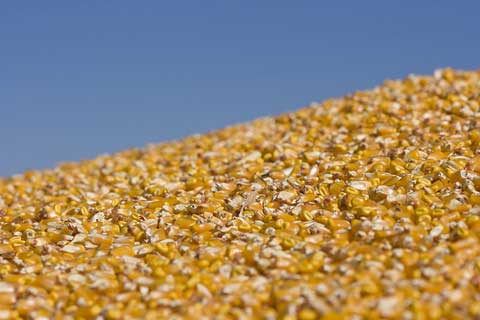Asia’s feed mills caught short by costly corn

The worst US drought since 1956 has pushed Chicago corn futures, the global benchmark, to a record above $8 a bushel. What is really going to hurt feed makers, and eventually Asia’s rapidly growing meat consumption, is the lack of alternatives.
Australia no longer has heaps of cheap feed wheat as a substitute. Asian buyers last year replaced some 7-8 million tonnes of corn with feed wheat, worth about $2.0-$2.2 billion. This came mostly from Australia, but stocks there are being run down quickly.
For a region that buys just under half the world’s traded corn, the 25% jump in cash prices since the start of June for the main animal feed ingredient means more costly pork, chicken and beef by the end of the year.
"It is a very tough situation for the feed industry and we feel prices will stay high for the entire season," said the head of grains trading at one of Malaysia’s biggest feed mills. "Substitutes are not going to be cheap."
Australia’s short supply
Australia’s record 29.5 million tonnes 2011 harvest was hit by late rains, which damaged the quality to the point where a third of the wheat was feed quality, fit only for animals. This followed a similar downgrade in 2010.
This year Australia is likely to produce a smaller, high-quality crop, which means no topping up of depleted feed wheat stockpiles.
"We are offering standard milling wheat for the feed market, even locally," told Stefan Meyer to Reuters. He is a manager for cash markets at brokerage INTL FCStone in Sydney. "I have sold prime hard milling wheat to a feed mill in Melbourne."
As the supply of Australian low-quality wheat dries up, the discount against high quality milling wheat has shrunk to just $10 a tonne, from $70 at the end of last year when the crop was being harvested.
Other countries that could also supply Asia are struggling. The Black Sea region and South America have battled with dry weather, while India looks likely to keep most of its ample grain stocks at home, given that monsoon rains are running a fifth below normal.











